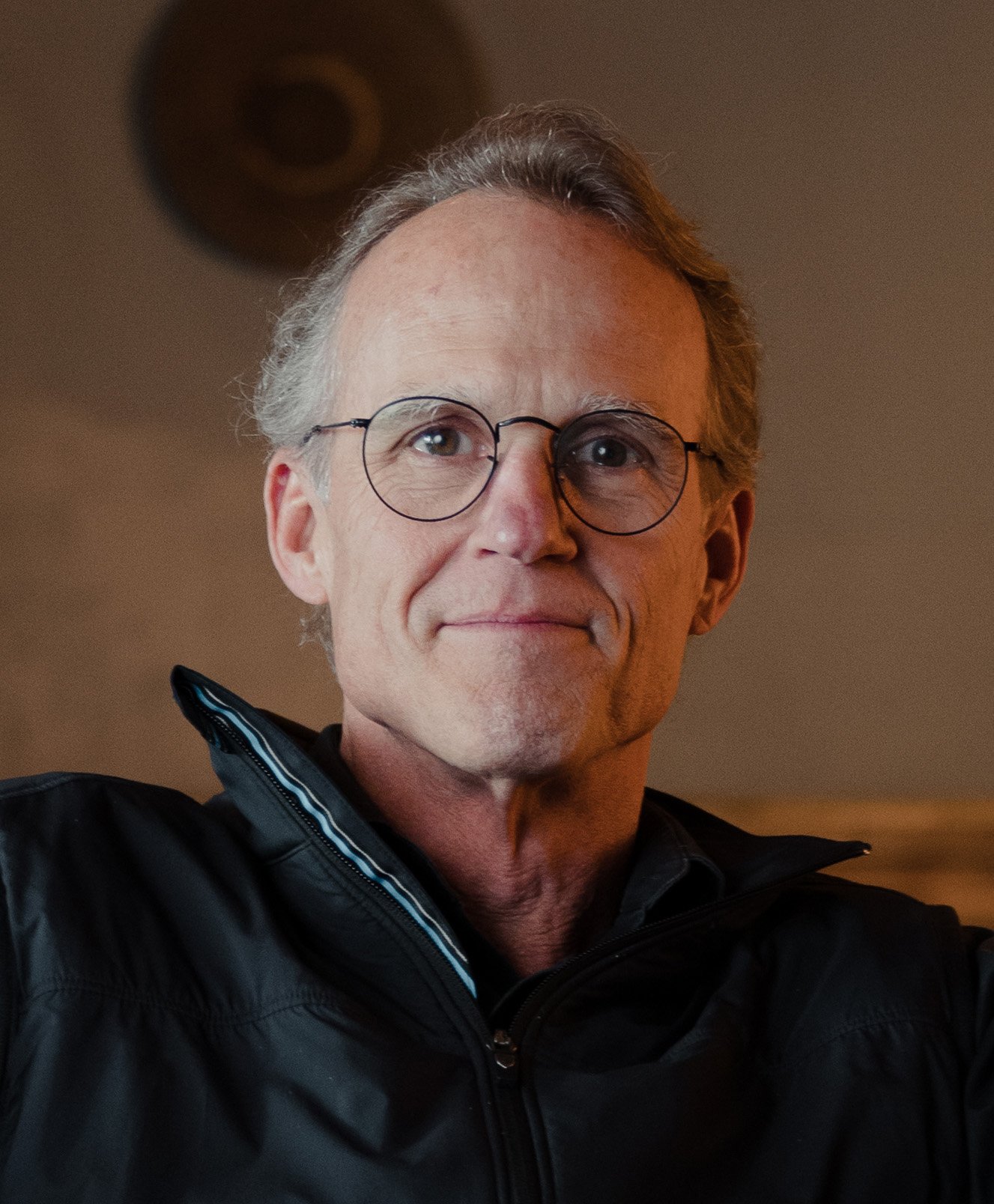Your Why at Work: Embedding Purpose Into Your Organization
Alignment is easy when there’s just a few people in the room. But as you scale, it gets harder to keep everyone focused on the same thing, especially if there isn’t something deeper holding it all together.
It’s possible to grow a company without a shared sense of purpose — plenty do. But without a clear Why, alignment gets lost with every hire, every shift, every change. People stay busy, but the work starts to lose coherence. And without purpose to anchor and sustain the team, growth depends on constant pressure, control, or incentives. Eventually, the effort to keep everyone moving in the same direction becomes too costly (financially, emotionally, and culturally).
That’s why great companies, the ones people want to work for and stay with, are built on something deeper: a Why that’s clear, shared, and consistently reinforced through action. Not just posted on the wall. Not trapped in the founder’s head. But lived in decisions, in priorities, and in how people show up and work together.
In the last article of the Why Series, we looked at the thinkers who shaped how we talk about Why, from Viktor Frankl’s reflections on meaning to Simon Sinek’s model of purpose-driven leadership. Each offers a piece of the puzzle. Together, they point to a deeper truth: Purpose matters, but without systems to support it, it doesn’t last.
That’s the real challenge.
If you’re serious about building a company that aligns people, earns lasting trust, and adapts without losing its soul, you need to embed your Why into every part of your organization. This article will show you why purpose is the foundation of every great company — and what it takes to move from belief to action, from story to system. Not just to protect your Why, but to build a company that works because of it.
Purpose Isn’t What You Say, It’s What You Protect
Most businesses say they have a purpose. You’ll find it in slide decks, websites, onboarding documents. But that’s not what makes it real. That’s not what makes it work.
A Compelling Why isn’t a slogan. It’s not something you write down once during a leadership meeting and revisit every few years. It’s something you discover through time and testing, and you keep refining it as your organization grows.
It starts with belief. You see a real problem worth solving and believe it matters. That belief fuels the early days when you’re operating in survival mode. It guides decisions, attracts early hires, and gives people something to rally around. But belief alone isn’t enough.
For a Why to become a foundation, it has to move from belief to behavior. It has to influence how people act, especially when the pressure’s on. That’s when purpose becomes cultural — not just something we say, but something we protect. It shapes what we’re willing to do (and not do) to stay true to what matters.
You can tell a company takes its purpose seriously not only by what it says yes to but what it’s willing to give up (even when that no comes at a cost). When a once-successful initiative no longer fits the purpose, they stop it. When growth opportunities conflict with it, they walk away. They make trade-offs and explain them in the context of something that matters more than short-term wins.
Because if your Why only exists in landing pages and all-hands meetings (or worse, only in your head), it’s not a foundation. It’s just words.
Your Why needs to show up in how you hire, how you make decisions, what you say yes to, and what you’re willing to walk away from. If it doesn’t guide the Work of you and your team — and if you’re not willing to protect it — it’s not true purpose.
Purpose Brings Coherence to Complexity
As your organization grows, so does the complexity — more people, more products, more systems, more metrics. That’s just the nature of scaling a business.
But without a shared Why, each part of the organization starts making its own calls. Teams optimize for their own goals, priorities compete, and what used to feel like momentum begins to feel like chaos.
This is how companies lose coherence. Not because the people aren’t smart or committed, but because there’s nothing deeper pulling them together.
I’ve seen this happen again and again. Strategy turns into a stack of initiatives with no real end goal. There are more meetings but less decision-making. The work gets heavier but not necessarily better.
But when everyone knows why the company exists, things start to click. People act with more autonomy because they’re anchored. Teams collaborate better because they’re clear on what matters. You start to see alignment without micromanagement, coordination without bottlenecks.
Because when the Why is real, it gives shape to everything else. It pulls everyone in the same direction, even as the business gets more complex.
Purpose Powers a Trust-Based Culture
Rules keep people in line. Relationships keep people connected. But neither will hold a company together as it scales.
What does scale — especially once you’re past 150 people — is a culture built on clear agreements, grounded in a shared sense of purpose.
When your Why is shared and reinforced, people know what matters. They have context for their decisions, clarity in their roles, and confidence the work they’re doing means something. You don’t need to micromanage when the foundation is strong. And when disagreements happen (as they should), they’re anchored in something bigger than ego or opinion.
In agreements-based cultures, purpose becomes the starting point for accountability. Feedback flows more freely because it’s not personal. Commitments hold more weight. People follow through not out of fear but because they truly care about the outcome. They know what to expect from each other and why it matters.
And you can see the difference. Hiring is more intentional because you’re choosing people based on alignment, not just experience. Onboarding is more meaningful because you’re teaching people what this is for, not just how it works. Retention improves because people stay longer when they can see how their work contributes to the bigger picture.
That’s what a real Why does. It builds the kind of trust that scales — not by controlling people, but by giving them something to believe in and build on.
Purpose Outlives the Founder
In the early days of building, running, and scaling a business, the Why is often obvious — at least to us as founders. There’s a problem worth solving, a customer worth serving, a vision that pushes everything forward. And that clarity drives growth.
But as the company scales, that clarity can start to get hazy if you aren’t aligned on a clear purpose. Other people begin making decisions. Other people start telling the story. And if the Why hasn’t been clarified, reinforced, and embedded, it gets diluted or even replaced by someone else’s purpose.
That’s why your Why can’t stay in your head. It’s not enough to just believe it yourself. It has to become something the whole company can carry.
The companies that endure don’t just start with a strong Why — they build systems that protect it. They embed it into how decisions are made and how priorities get set. They turn their Why into agreements. Into habits. Into trust. Into culture.
Because if the Why is only tied to you, it disappears when you do. But if it becomes part of how your company operates, it lasts long after you’re gone. That’s how you leave a legacy.

When you’re surrounded by people who share a passionate commitment around a common purpose, anything is possible.

Howard Schultz
What Makes a Strong Organizational Why
As founders, we don’t invent our Why. We discover it — by doing the Work, paying attention to what resonates, and seeing what actually drives the company forward. We test it. Refine it. And most importantly, we protect it.
The goal isn’t to come up with something clever or marketable. It’s to name something true — something strong enough to guide real decisions and clear enough to inspire your team.
As you shape your organizational Why, you'll want to ensure that it:
- Names a real problem worth solving
- Can be described in 5–7 words (so your team can easily remember it, repeat it, and rally around it)
- Makes a meaningful promise to your Ideal Customer
- Holds up under pressure and scrutiny
- Inspires your Ideal Stakeholders without requiring theatrics
- Helps your team know if this is the right place for them
If your Why does these things, you’re not just getting alignment. You’re establishing staying power. That’s the kind of clarity we help founders reinforce inside Ninety — so purpose doesn’t just live in your head, it lives in the system.
Only What’s Built with Purpose Lasts
Every founder wants to build something that makes an impact. But the ones who leave a lasting legacy build something that endures for a reason.
That reason — your Why — gives shape to everything in your organization. It aligns people, builds trust, and carries the culture forward when things get hard.
Purpose isn’t branding. It’s not a mission statement or a motivational speech. It’s the logic behind the system. The force that turns strategy into conviction and motion into progress.
The more embedded your Why becomes, the more your company grows with integrity. This is the Work — not just to find your purpose, but to protect it and build around it.
In the next article, we’ll take the question of Why even deeper by diving into the discipline of causal thinking. Because understanding what’s happening isn’t enough. Leaders need to know why. That’s how you build with intention.
And that’s how you build something that lasts.
- Part 1: 5 Reasons Your Why Matters Now More Than Ever
- Part 2: Lead with Purpose: Start with Your Personal Why
- Part 3: The Thinkers Who Shaped How We Talk About Why
- Part 5: Understanding Why: Causal Thinking Sets Great Leaders Apart
- Part 6: Designing Systems To Carry Your Why
- Part 7: 6 Consequences of Losing Sight of Your Purpose
- Part 8: How to Build a Company Anchored in Purpose



.jpg?width=500&name=large_The_Systemic_Why_Founders_Blog_Header_1920_x_1080%20(1).jpg)
.jpg?width=500&name=5%20Reasons%20(2).jpg)
.jpg?width=500&name=large_Not_Asking_Why_Founders_Blog_Header_1920_x_1080%20(1).jpg)